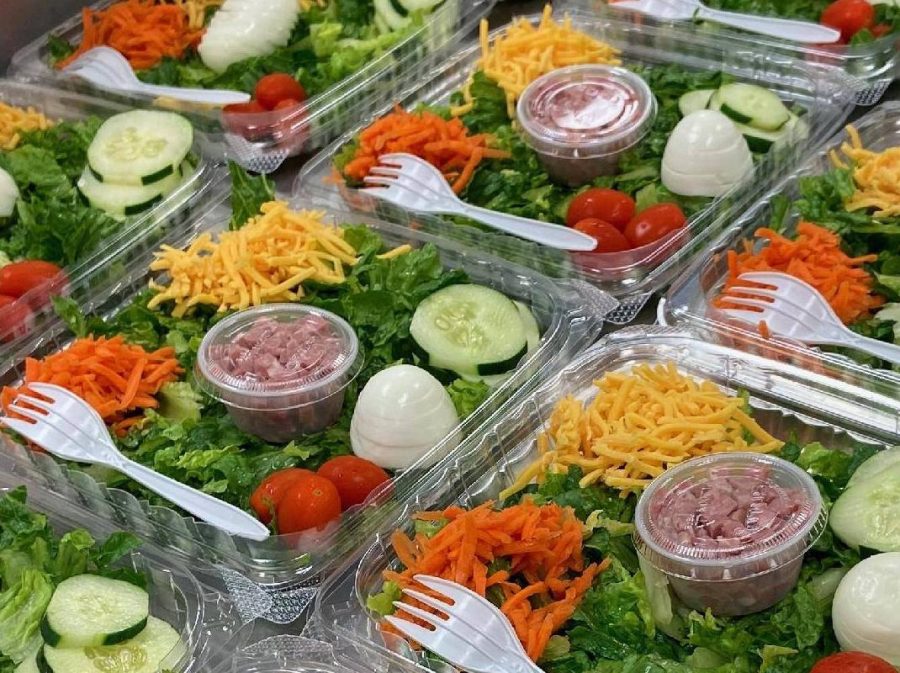The Logistics of Lunch
April 26, 2022
Many students at Hastings High School buy lunch every day. They pick what they want to eat, punch in their pins, and leave, not giving it a second thought. But what are the decisions made by the school behind what we eat?
There are plenty of factors that go into what the school serves. According to Maureen Caraballo, the District Treasurer, the district pays attention to both what students want to eat and what’s healthy for them. Caraballo added that the district appreciates student input because they want to serve food that students want to eat.
Surprisingly, there are few guidelines that Hastings has to follow regarding nutrition. The district does not participate in the federal lunch program, which sets a number of rules for many schools on what they can serve. The federal lunch program pays schools back a percentage of each sale that they make in exchange for the schools following set guidelines for what to serve. These guidelines include not selling specific foods, as well as using set ingredients that the program provides. Hastings schools used to be in this program, but then dropped out about five years ago because they wanted more freedom with what they could serve. Sales in the cafeteria were going down since students didn’t like the meals that were being offered. According to Caraballo, the district and students were not happy with the ingredients being provided, and there were some foods that students wanted to be sold but the school wasn’t allowed to, like bacon.
Because of the loss of sales in the cafeteria, the food service that Hastings was working with withdrew from their contract, which was a major reason for the switch over to not being part of the federal lunch program. Caraballo explained that the school talked to “a consultant that helps districts select and ensure that the food service companies are doing what they need to do,” and that the consultant told her that “based upon our numbers and our sales, we were not going to be able to get another food service company if we continued with the program.”
Without the guidelines of the federal program, the district is able to have more choices in terms of what they sell. The current food service company, Chartwell, buys ingredients and decides on the menu each day. Through serving an abundance of choices, the school has been able to increase sales. But where does all of the money from the sales go?
The district doesn’t actually make much of a profit from the cafeteria. Much of the money that they have leftover goes right back into buying ingredients, the upkeep of the kitchen, and paying everyone who works in the cafeteria. What amount of money is left over, however, is “reinvested back into the program,” according to Caraballo. She then went on to say that “our goal is to make sure that kids have a good lunch every day, and that all of our students have food. We want them to be as happy with it as you could be with a school cafeteria.” For example, with this extra money in the past, the school bought both the fro-yo machine and the panini press.
The goal in the end is to have a welcoming environment in the cafeteria, one where many students will want to stay and buy lunch, rather than go off campus to buy elsewhere. As Caraballo put it, ”That to me is a benefit and you couldn’t put a dollar amount to it.”


















